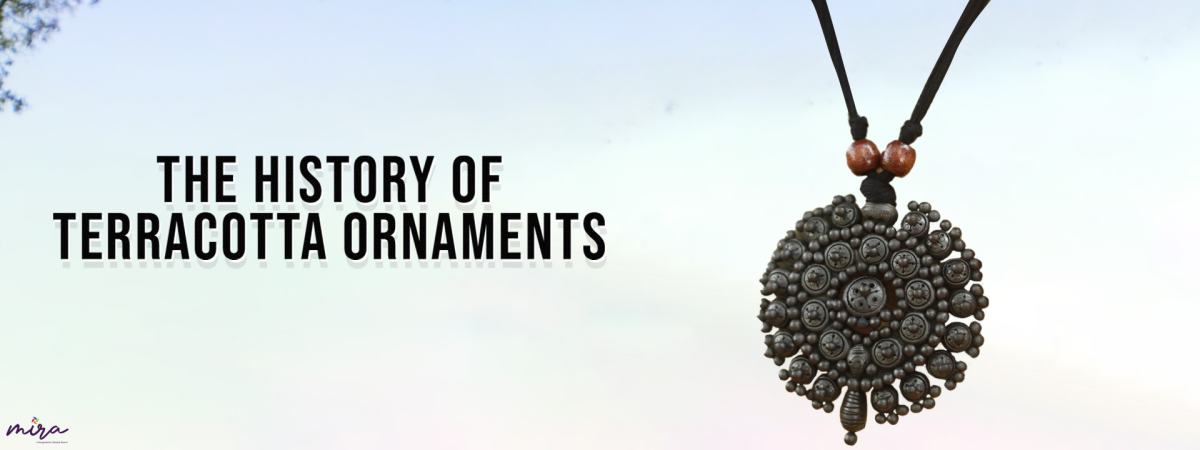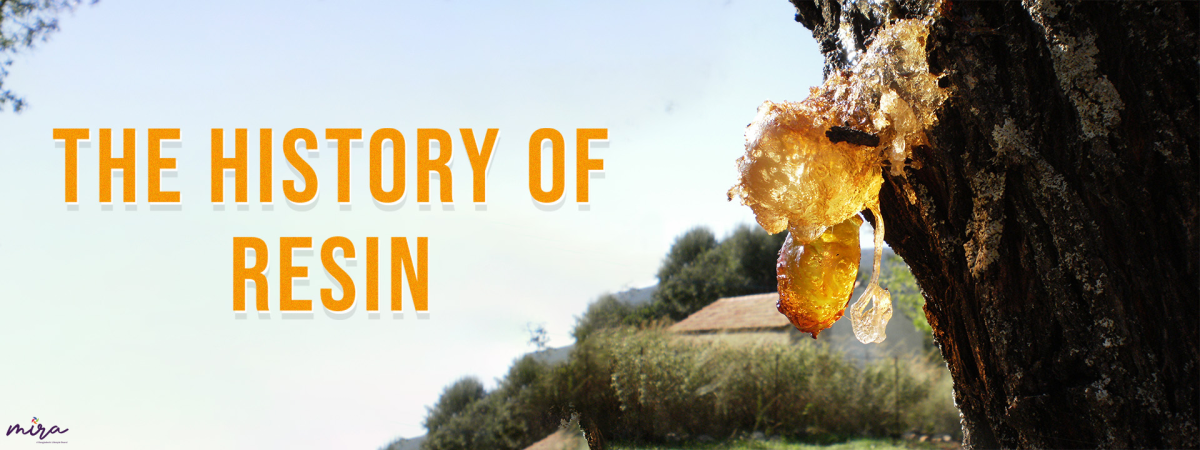
Nestled within the heart of South Asia, Bangladesh boasts a rich cultural tapestry woven with history and artistic traditions. Among its treasures lies the captivating world of terracotta ornaments, a testament to the country's creative ingenuity and profound connection to its heritage. Join us as we delve into the intriguing history of terracotta ornaments in Bangladesh, exploring their origins, evolution, and enduring significance.
Ancient Origins
The story of terracotta ornaments in Bangladesh begins in the ancient past, where artisans harnessed the earth's clay to craft exquisite pieces of art. As far back as the 3rd century BCE, the land that would become Bangladesh was home to thriving civilizations that sculpted and adorned terracotta plaques with intricate designs. These plaques, often depicting mythological narratives and scenes from everyday life, adorned the facades of temples, monasteries, and palaces, breathing life into the architecture of their time.
Medieval Splendor
During the medieval period, terracotta ornaments reached new heights of sophistication in Bangladesh. The intricate craftsmanship and attention to detail displayed in terracotta works from this era are truly awe-inspiring. Terracotta adorned the walls of Hindu and Buddhist temples, forming a vivid visual narrative of the diverse cultures that coexisted in the region. This era marked the emergence of distinctive stylistic elements, showcasing a fusion of indigenous traditions and external influences.
Mughal Influences
The arrival of the Mughals in the 16th century brought new influences to the terracotta art of Bangladesh. Mughal architecture, characterized by its intricate geometric patterns and calligraphy, influenced local terracotta designs. The ornate terracotta embellishments on structures like mosques and forts reflected this fusion of styles, resulting in a unique and visually striking architectural landscape.
Colonial Encounters
The colonial period witnessed both challenges and opportunities for terracotta art in Bangladesh. While foreign influences exerted their impact on the region, the local artisans adapted and incorporated these influences into their work. The British colonial era led to a revival of terracotta craftsmanship, as traditional art forms gained renewed appreciation and recognition.
Modern Revival
In recent decades, there has been a resurgence of interest in the traditional terracotta art of Bangladesh. Artisans, designers, and cultural enthusiasts are rediscovering the beauty and cultural significance of terracotta ornaments. Efforts are being made to preserve and promote this heritage art form through workshops, exhibitions, and cultural initiatives, ensuring that the legacy of terracotta remains vibrant and accessible for future generations.
Conclusion
The history of terracotta ornaments in Bangladesh is a captivating journey that spans centuries, civilizations, and artistic sensibilities. From ancient narratives etched onto temple walls to the intricate designs of Mughal-influenced architecture, terracotta has been a visual storyteller, reflecting the essence of Bangladesh's rich cultural heritage. As we marvel at the terracotta ornaments that grace this land, let us honor the artisans of the past and present who have poured their creativity and skill into preserving this extraordinary artistic legacy.







